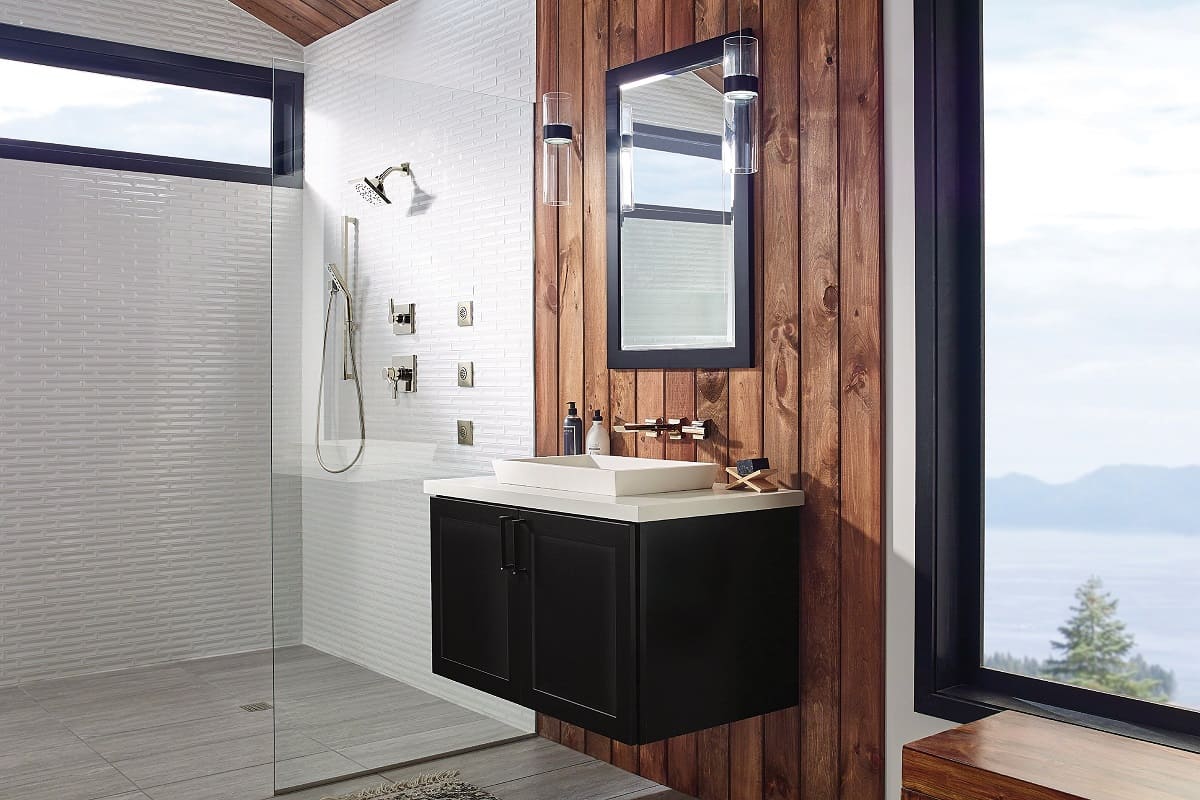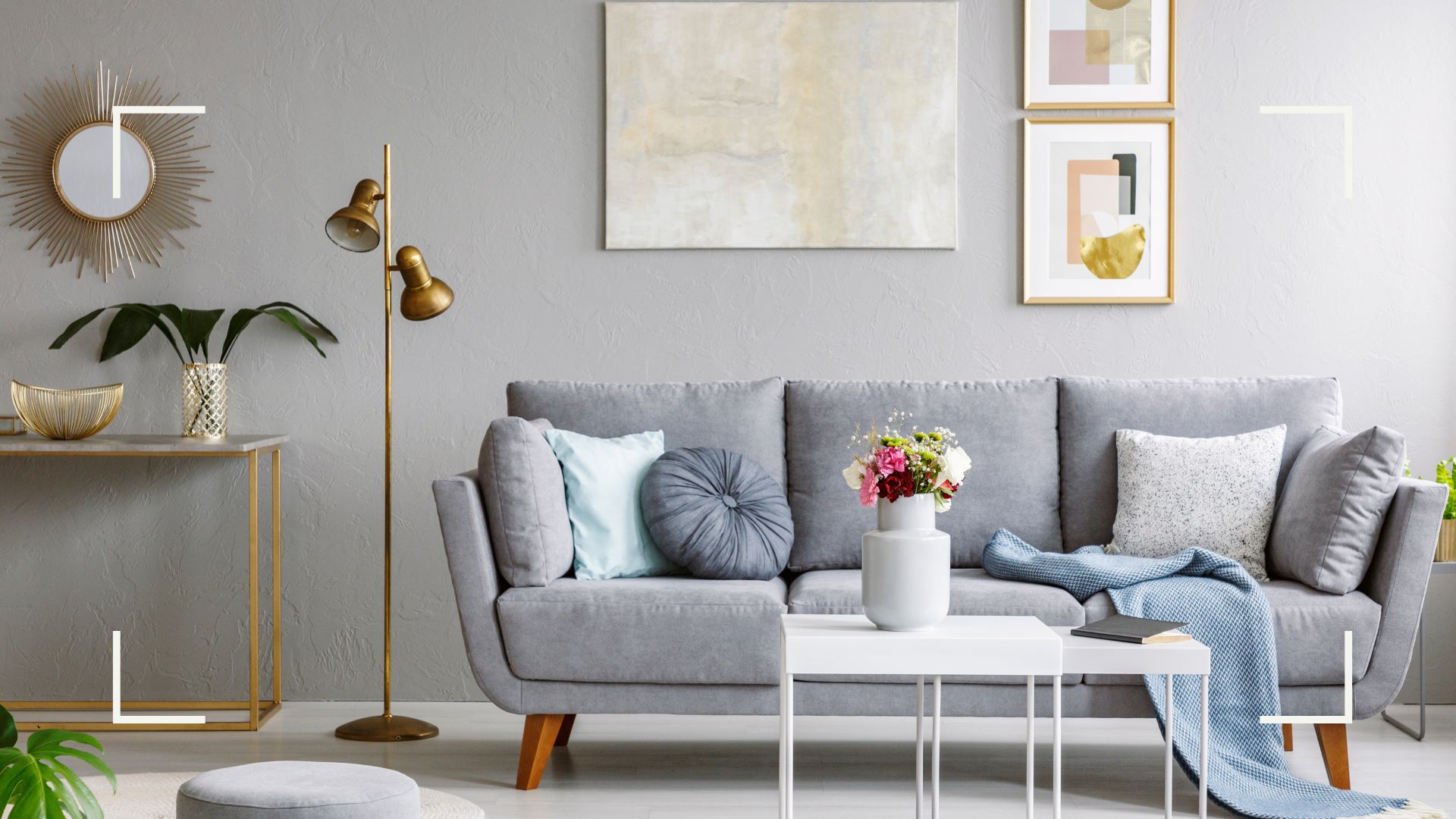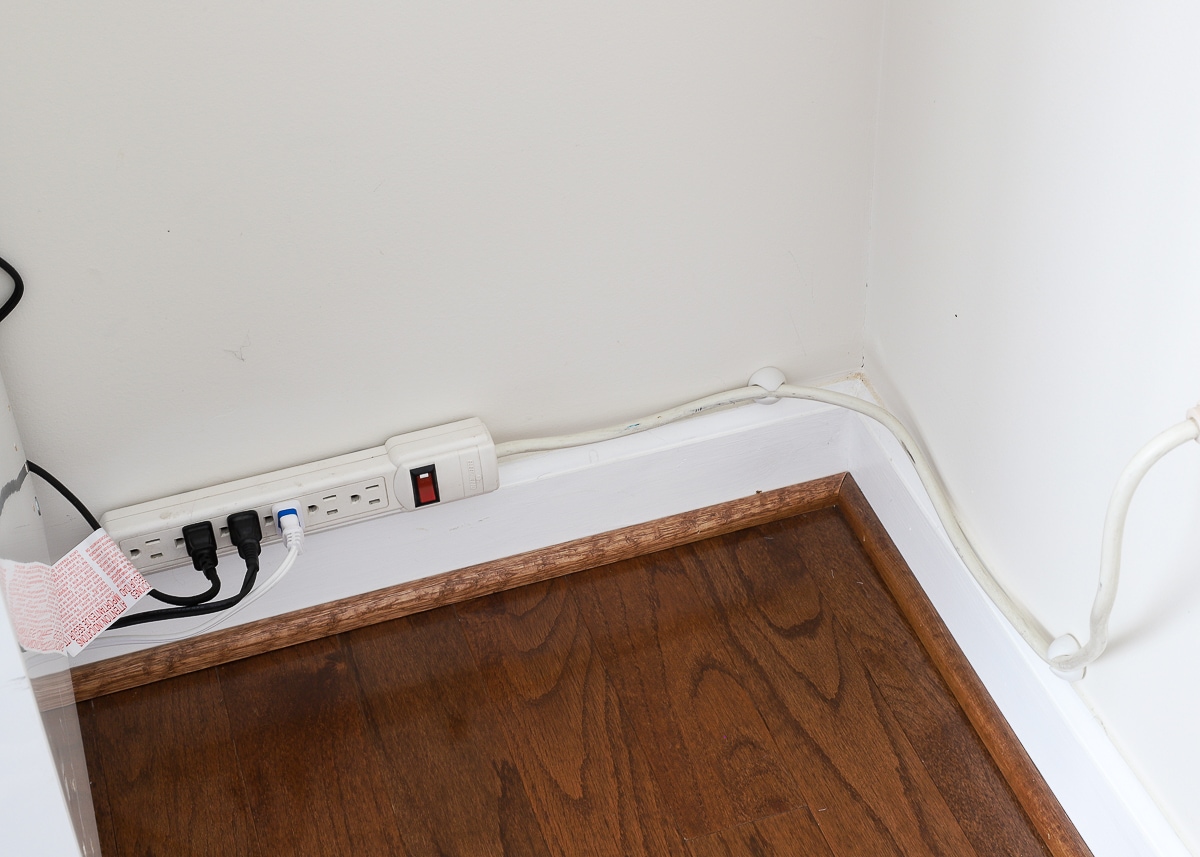

Articles
How To Secure Furniture To Wall
Modified: September 1, 2024
Learn how to secure your furniture to the wall to prevent accidents and keep your home safe. Step-by-step guide for securing furniture for added stability and peace of mind.
(Many of the links in this article redirect to a specific reviewed product. Your purchase of these products through affiliate links helps to generate commission for Storables.com, at no extra cost. Learn more)
Introduction
Welcome to our comprehensive guide on how to secure furniture to the wall. Furniture is a staple in every household, providing functionality, comfort, and style to our living spaces. However, it’s important to prioritize safety when it comes to furniture, especially in homes with children or in earthquake-prone areas.
Securing your furniture to the wall is a simple yet effective way to prevent accidental tip-overs, which can cause serious injuries or even fatalities. By taking the necessary precautions, you can create a safer environment for your loved ones and have peace of mind knowing that your furniture is secure.
In this article, we will walk you through the step-by-step process of securing furniture to the wall, discuss the reasons why it’s important, and provide helpful tips to ensure maximum safety. Whether you’re a new homeowner, a parent, or simply someone who wants to prioritize safety in their living space, this guide is for you.
Before we dive into the details, let’s explore why it’s crucial to secure furniture to the wall.
Key Takeaways:
- Prioritize safety by securing furniture to the wall to prevent tip-overs, protect children, and prepare for earthquakes. It also prolongs furniture lifespan and may be required for insurance coverage.
- Gather essential tools, follow the step-by-step guide, and implement safety tips to ensure maximum security when securing furniture to the wall. Regular inspections and proper weight distribution are key.
Read more: How To Secure Patio Furniture To Concrete
Why Secure Furniture to the Wall?
Securing furniture to the wall is not just a recommendation, but a vital safety measure that can prevent accidents and potential injuries in your home. Here are some compelling reasons why you should prioritize securing your furniture:
- Preventing Tip-Overs: Unsecured furniture, such as bookshelves, cabinets, or dressers, can easily tip over if bumped into or climbed upon by children. This can lead to serious injuries or even fatalities. Anchoring your furniture to the wall greatly reduces the risk of tip-overs, ensuring the safety of your loved ones.
- Protecting Children: Young children are naturally curious and may be tempted to climb on furniture or pull on its drawers. Securing furniture to the wall creates a stable and safe environment for children to explore and play without the risk of furniture toppling over onto them.
- Earthquake Preparedness: If you live in an earthquake-prone area, securing your furniture to the wall is even more critical. During an earthquake, the shaking can cause unsecured furniture to become unstable and potentially cause injuries. By anchoring your furniture, you minimize the risk of it toppling over during seismic activity.
- Insurance Requirements: Some insurance policies require homeowners to properly secure their furniture to be eligible for coverage in the event of accidents or damage caused by furniture tip-overs. Ensuring your furniture is properly anchored not only protects your loved ones but also provides peace of mind in case of unforeseen circumstances.
- Prolonging Furniture Lifespan: Anchoring your furniture to the wall also helps to extend its lifespan. Securely fastening it in place reduces the likelihood of it being damaged through accidental falls or shifts, allowing you to enjoy your furniture for years to come.
Now that we understand the importance of securing furniture to the wall, let’s move on to the tools and materials you’ll need for the process.
Tools and Materials Needed
Before you begin securing your furniture to the wall, it’s essential to gather the necessary tools and materials. Here’s a list of what you’ll need:
- Measuring Tape: A measuring tape will help you determine the appropriate placement and distance from the wall for securing the furniture.
- Screwdriver: Depending on the type of furniture and the wall surface, you may need a Phillips or flathead screwdriver to install brackets or fasteners.
- Drill: If you’re working with hard wall surfaces like concrete or brick, a drill with the appropriate drill bit will be necessary to create holes for anchors or screws.
- Wall Anchors or Brackets: These are essential for securely fastening the furniture to the wall. Choose anchors or brackets specifically designed for furniture anchoring, ensuring they are strong enough to hold the weight and size of the furniture.
- Screws: High-quality screws of the appropriate size are needed to attach the furniture to the brackets or wall anchors securely. Ensure the screws are long enough to go through the furniture and into the wall, providing a stable connection.
- Pencil: A pencil is handy for marking the positions where you need to install the brackets or anchors.
- Level: To ensure your furniture is properly aligned, use a level to check for any tilting or unevenness.
- Optional: Stud Finder: If you want to anchor your furniture to wall studs, a stud finder can help locate the studs for secure installation.
Ensure that you have these tools and materials readily available before you start securing your furniture to the wall. Now, let’s move on to the step-by-step guide for the installation process.
Use furniture straps or brackets to secure heavy furniture to the wall, especially in homes with children or in earthquake-prone areas. Make sure to follow the manufacturer’s instructions for installation.
Step-by-Step Guide to Secure Furniture to the Wall
Securing your furniture to the wall is a straightforward process. Follow these steps to ensure a safe and secure installation:
- Assess the Furniture and Wall: Examine the furniture you want to secure and the wall it will be placed against. Take note of any special considerations such as the weight and size of the furniture, as well as the wall material and location of wall studs.
- Select the Mounting Method: Depending on the furniture and your preference, choose the appropriate mounting method. You can use either wall brackets or wall anchors.
- Measure and Mark: Use a measuring tape to determine the ideal height and distance from the wall to install the brackets or anchors. Mark the positions with a pencil.
- Attach the Brackets or Anchors: If you’re using brackets, align them with the marked positions and secure them to the wall using screws and a screwdriver. If you’re using anchors, drill holes in the wall at the marked positions and insert the anchors.
- Attach the Furniture: Position the furniture against the wall, aligning it with the installed brackets or anchors. Use screws and a screwdriver to securely attach the furniture to the brackets or anchors. Ensure the screws are tightened properly but not overly tightened, as it can damage the furniture.
- Check for Stability: Once the furniture is attached, give it a gentle shake to check for any wobbling or instability. If needed, adjust the brackets or anchors and tighten the screws for a more secure connection.
- Verify Alignment: Use a level to ensure that the furniture is straight and properly aligned with the wall. Make any necessary adjustments.
- Hide Excess Hardware: If there are any exposed screws or brackets, consider using caps or covers to hide them for a cleaner aesthetic.
Remember, it’s crucial to follow the manufacturer’s instructions and guidelines for both the furniture and the wall brackets or anchors. Additionally, if you’re unsure about any step of the process or have complex furniture to secure, it may be best to consult a professional for assistance.
Now that you know how to secure your furniture to the wall, let’s explore some tips to ensure maximum safety.
Tips for Ensuring Maximum Safety
Securing your furniture to the wall is an important step in maintaining a safe living environment. Here are some additional tips to help you ensure maximum safety:
- Frequent Inspections: Regularly inspect the furniture and its anchor points to ensure they are secure and haven’t become loose over time. Keep an eye out for any signs of wear or damage that may require immediate attention.
- Proper Weight Distribution: When placing items on shelves or inside furniture, distribute the weight evenly to maintain stability. Avoid overloading the furniture with heavy items that can increase the risk of tip-overs.
- Secure TV Stands and Appliances: Televisions and other heavy appliances should also be securely fastened to the wall or the furniture they are placed on. Follow manufacturer’s instructions for proper installation and use additional safety measures if necessary.
- Supervise Children: Always supervise children when they are in the same room as the furniture. Teach them not to climb or hang on furniture, and keep potentially hazardous items, such as heavy objects or sharp-edged items, out of reach. Use childproof locks on drawers that contain dangerous items.
- Use Wall Studs: Whenever possible, secure furniture to wall studs for maximum strength. Wall studs provide a more secure anchoring point compared to drywall alone. Use a stud finder to locate the studs and adjust the positioning of the furniture accordingly.
- Secure Freestanding Furniture: Even if furniture is not positioned against a wall, it’s still a good practice to secure it. Use furniture straps or brackets to fasten freestanding items, such as bookshelves or wardrobes, to the wall.
- Clear Pathways: Keep furniture away from doorways and walkways to avoid accidents. Ensure there is ample space for movement and that furniture doesn’t obstruct any exits or emergency routes.
- Seek Professional Help: If you’re unsure about securing furniture or if you have particularly large or heavy pieces, consider consulting a professional for assistance. They can provide expert advice and ensure the furniture is securely anchored.
By following these tips, you can significantly reduce the risk of accidents and create a safer environment for you and your family.
Now, let’s wrap up our guide on securing furniture to the wall.
Read more: How To Secure Outdoor Furniture Covers
Conclusion
Securing your furniture to the wall is a crucial step in creating a safe and hazard-free living environment. By taking the time to properly anchor your furniture, you can protect your loved ones from the dangers of tip-overs and potential injuries. Whether you have young children, live in an earthquake-prone area, or simply want to prioritize safety, following the steps outlined in this guide will help ensure maximum security.
Remember to gather the necessary tools and materials, measure and mark the positions, attach the brackets or anchors, and securely fasten the furniture to the wall. Regularly inspect your furniture for any signs of wear or instability, distribute weight properly, and supervise children to minimize any risks. Additionally, consider seeking professional assistance for complex installations or large and heavy furniture pieces.
By implementing these safety measures, you’ll have peace of mind knowing that your furniture is secure and your home is a safe haven for your family and visitors.
We hope this comprehensive guide has provided you with valuable insights and practical instructions on how to secure furniture to the wall. Stay safe, and happy decorating!
Frequently Asked Questions about How To Secure Furniture To Wall
Was this page helpful?
At Storables.com, we guarantee accurate and reliable information. Our content, validated by Expert Board Contributors, is crafted following stringent Editorial Policies. We're committed to providing you with well-researched, expert-backed insights for all your informational needs.















0 thoughts on “How To Secure Furniture To Wall”